
Water damage in your home can be alarming, and many homeowners jump straight to blaming a roof leak. While that may be the case, another common yet often overlooked issue is attic condensation. It’s important for homeowners to understand how effective ventilation and insulation play a crucial role in preventing moisture buildup in your home.
The importance of proper ventilation
Why Ventilation Matters
A well-functioning ventilation system in your attic is essential for maintaining a dry, healthy home environment. When hot, humid air from inside your home rises, it can become trapped in the attic space. Without proper ventilation, this air can create condensation, leading to moisture-related problems like mold growth, wood rot, and eventual structural damage.
Signs of Poor Ventilation
Here are a couple signs that indicate your home needs an upgraded ventilation system:
- Excessive Frost or Moisture: In colder months, poor ventilation traps warm air, causing frost buildup that melts and leaks into your home.
- Increased Humidity: During warmer months, stagnant air can create a damp environment in the attic, leading to mold and mildew.
How Ventilation Works
A well-designed attic ventilation system should allow cool, dry air from outside to replace the hot, humid air inside the attic. Proper ventilation keeps your attic space balanced, preventing moisture buildup and reducing the risk of roof leaks.
Tip: Keep all the vents open inside your home to allow for proper air circulation. Closing vents will not save you money! In fact, closing vents around the house can damage your system and reduce the effectiveness of your home’s ventilation.
The Role of Insulation in Moisture Control
Why Insulation Is Crucial
Insulation is more than just a method to keep your home warm in the winter. It plays a significant role in moisture control by preventing warm, humid air from seeping into your attic space. Without sufficient insulation, warm air easily escapes into the attic, creating condensation and other moisture-related issues.
Signs of Poor Insulation
Poor insulation can contribute to moisture problems in a couple different ways:
- Air Leaks: Gaps in insulation allow warm air to rise and enter the attic, promoting condensation.
- Increased Utility Bills: Poor insulation can lead to temperature imbalances, forcing your HVAC system to work harder, contributing to higher energy costs.
How Insulation Works
Blown-in insulation is an ideal solution for attics because it fills in gaps and hard-to-reach areas, creating an airtight seal that minimizes air leakage. Modern blown-in insulation is also moisture-resistant and environmentally friendly, offering long-lasting protection against humidity issues.
Tip: Using humidifiers in your home can significantly increase the moisture and humidity in your attic. The more humid your house, the more condensation will form. The solution? Keep your home’s humidity between 30-50 percent per the EPA’s recommendation and run exhaust fans in your bathroom and kitchen for 30-60 minutes after showering and cooking to get indoor humidity levels back down to normal.
Combining Ventilation and Insulation for Optimal Moisture Control
Proper ventilation and insulation go hand in hand to ensure your home remains dry and efficient. Together, they help:
- Reduce Energy Costs: By maintaining a consistent temperature in your home and attic, your HVAC system won’t have to work overtime to regulate humidity levels.
- Prevent Mold and Water Damage: Proper ventilation and insulation minimize moisture buildup, protecting your home from mold and structural damage.
- Enhance Indoor Air Quality: Reduced humidity means fewer allergens and pollutants in the air, creating a healthier living environment for you and your family.
Steps to Improve Ventilation and Insulation
Your home’s ventilation and insulation are essential to avoid costly moisture issues. By taking the following steps, you can improve the performance of both systems and maintain a comfortable, healthy home.
- Inspect Your Ventilation System. Ensure soffit vents, ridge vents, and exhaust fans are free of debris and functioning properly.
- Seal Air Leaks: Before adding insulation, locate and seal any gaps or cracks to prevent air leakage.
- Upgrade Insulation: Consider blown-in insulation for a more effective and moisture-resistant solution that covers all areas tightly.
Why Timely Action Matters
Ignoring poor ventilation and insufficient insulation can lead to costly repairs, including roof replacements, mold remediation, and structural damage. Addressing these issues promptly will save you money and keep your home safe and comfortable for years to come.
Subscribe to our blog for more advice on keeping a safe and comfortable home all year long.
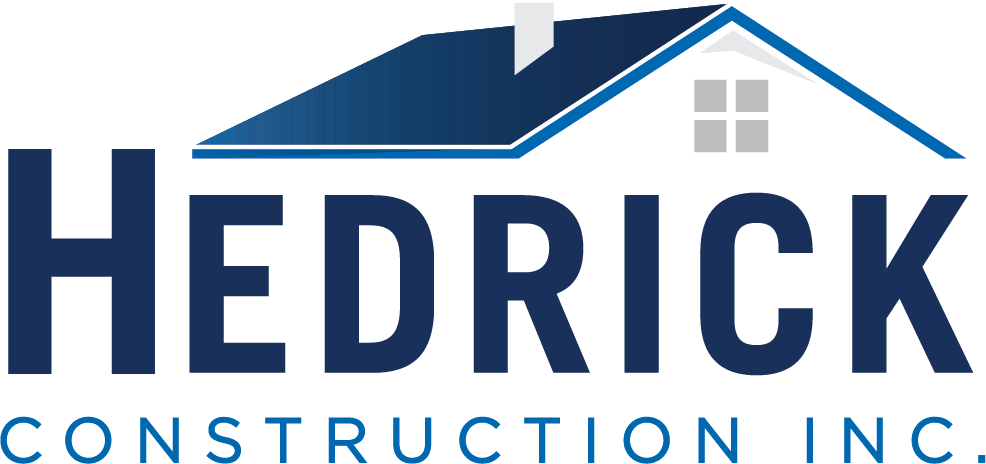


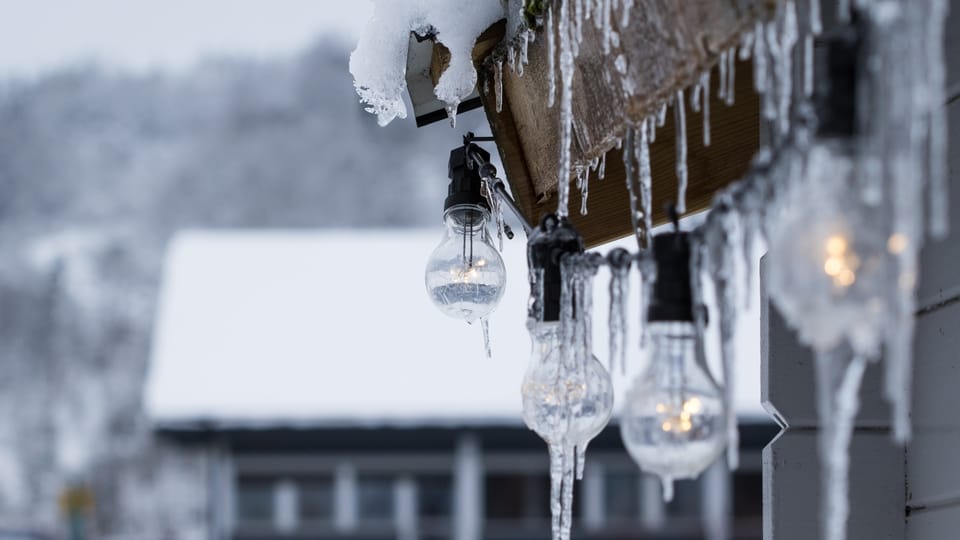
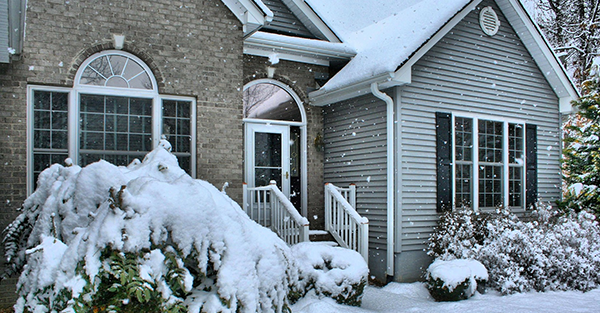
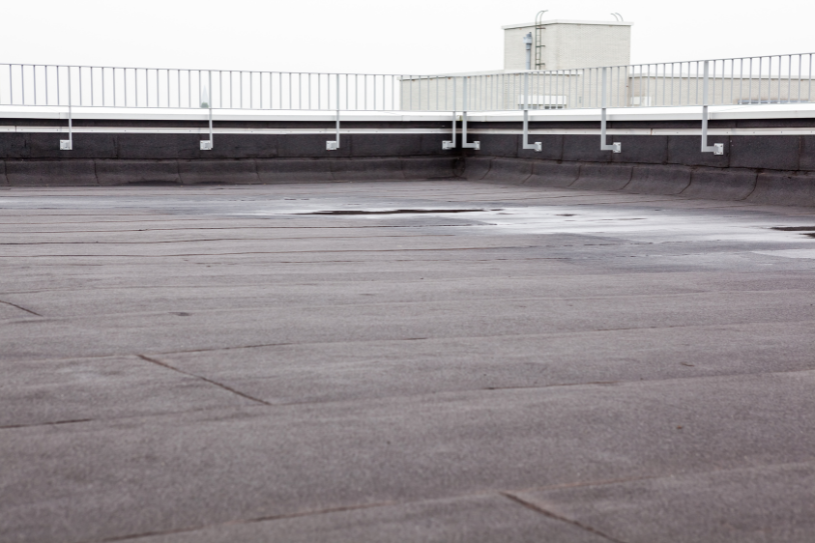
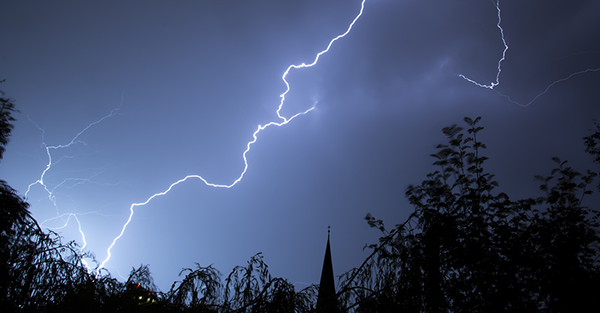

Comments